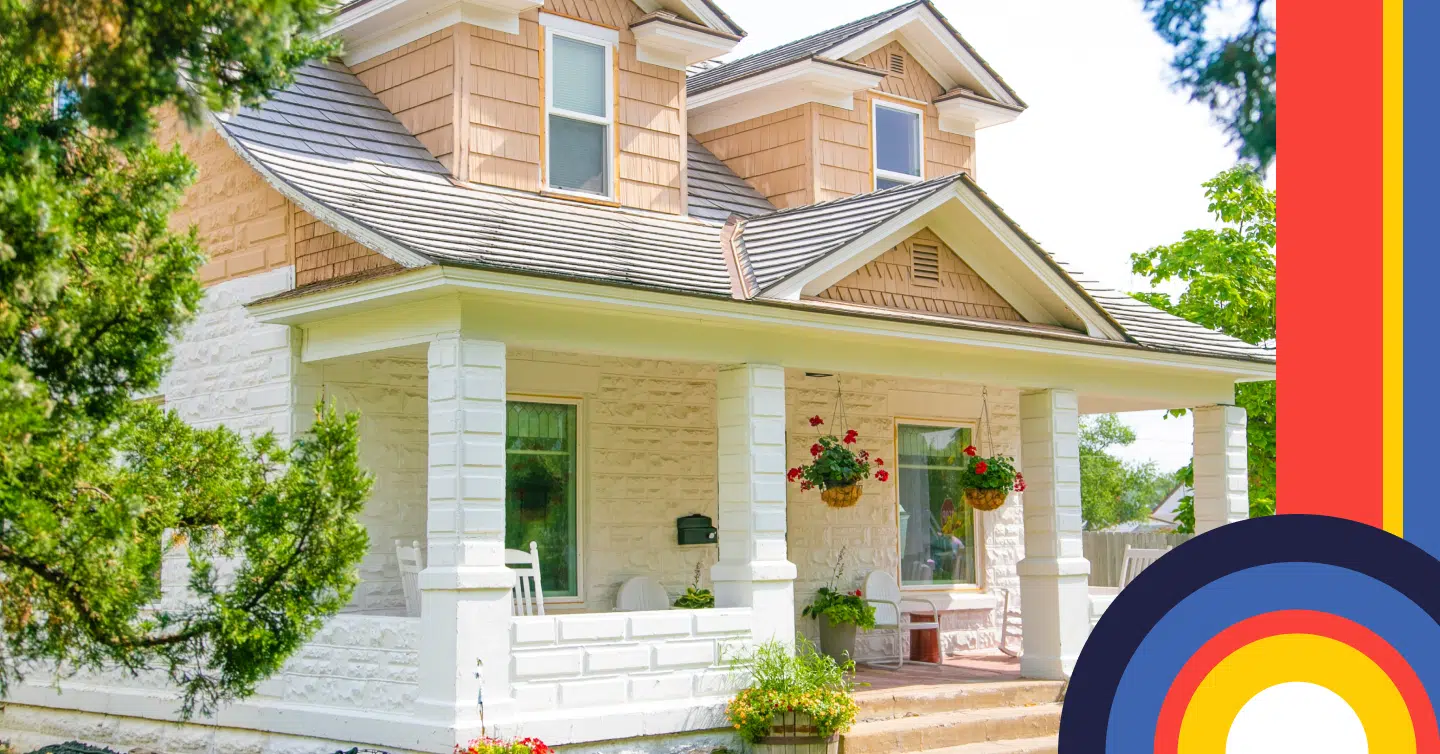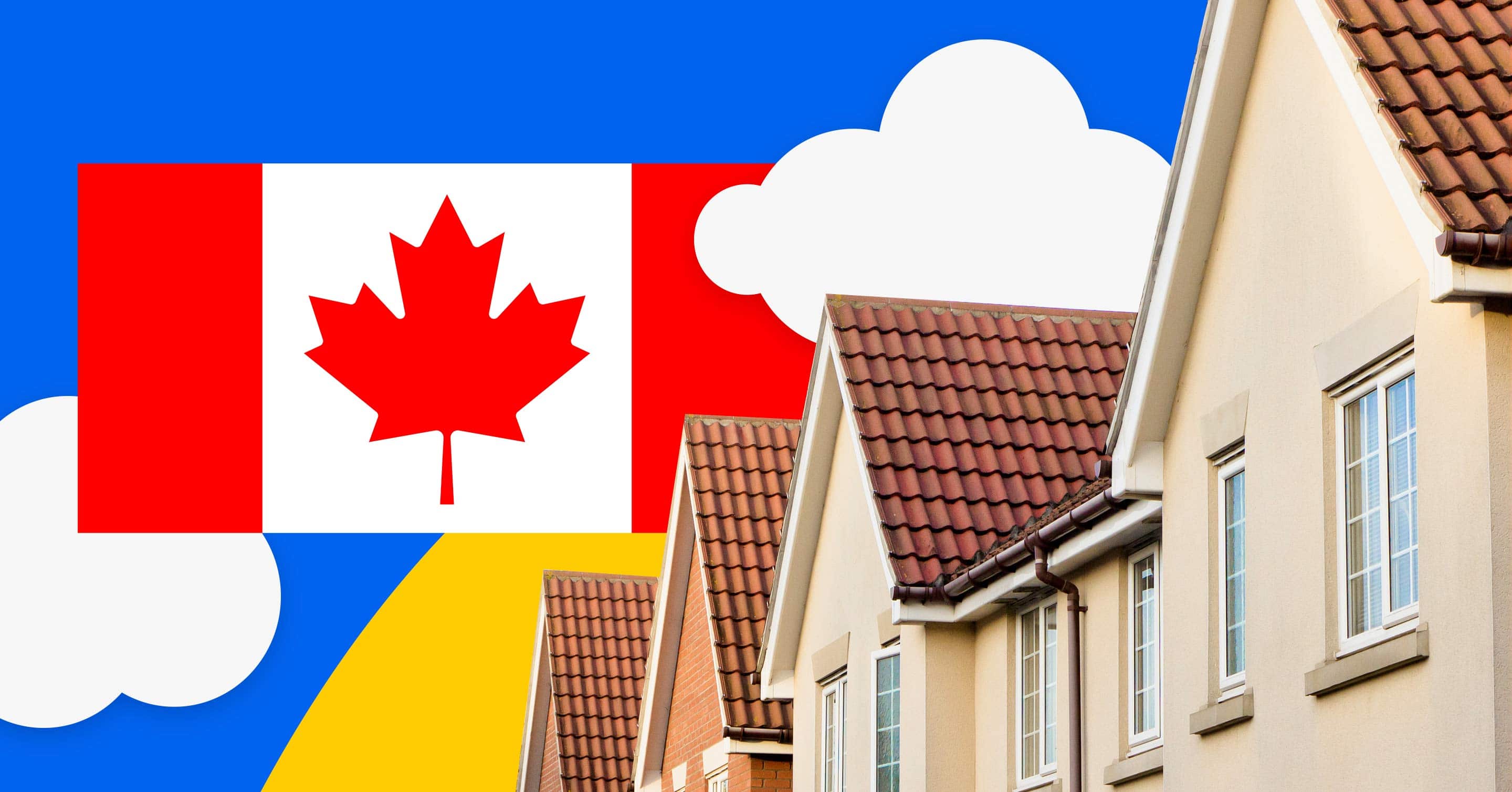Guides #Renewal and Refinancing
Guides #Renewal and Refinancing
Mortgage Amortization Extensions: Risks And Benefits

Table of contents
Many mortgage holders wonder if they can increase the amortization on their mortgage. Due to the steep climb in interest rates over the past few years, more and more homeowners are facing this scenario, seeking to extend their amortization to keep their payments manageable.
Are you here because you’re in the same boat and wondering if you can change the amortization period on your mortgage in Canada?
The good news is that it is possible, but it’s a decision that can affect your short and long-term financial health. Before moving forward with any decision, it’s critical to understand how adjusting your amortization can benefit you and the potential risks involved.
Key Takeaways
- The typical amortization period in Canada is 25 years for high-ratio default-insured mortgages and up to 30 years for uninsured mortgages.
- Some lenders may offer amortization extensions up to 35 or 40 years with a down payment of at least 20% or more than 20% equity if you already own the subject property.
- Extending the amortization will reduce mortgage payments, but more interest will be paid over time.
What Is an Amortization Period?
Put simply, the amortization period is how long it takes to pay your mortgage in full through regular payments. Generally, if you put down less than 20% as a downpayment, you will only be allowed to amortize for a maximum of 25 years (first-time buyers and those purchasing new builds can now opt for 30 years). If you put down 20% or more as a downpayment, you can amortize for up to 30 years with prime lending.
What Is an Amortization Extension?
An amortization extension is any period beyond what you originally qualified for. The typical amortization period in Canada is 25 years for high-ratio default-insured mortgages and up to 30 years for uninsured mortgages through prime lenders. First-time buyers and those purchasing a new build can opt for a 30-year amortization on a high-ratio default-insured mortgage.
Previously default-insured mortgages could have an amortization period of up to 35 years. This is no longer possible as mortgage default insurance currently only covers up to 25 years unless you meet the requirements to choose a 30-year default-insured mortgage, meaning extended amortizations that exceed 30 years are not available for insured mortgages.
Longer amortization options are available in some cases where the amortization period can be extended up to 40 years with subprime lenders. This is also known as an extended amortization and is only possible with a down payment of 20% or more or if you wish to refinance a property you already own.
Which Lenders And Banks Offer Amortization Extensions?
Prime Lenders do not offer amortization extensions beyond 30 years as these lenders are federally regulated and have strict lending guidelines for mortgage approval. With traditional lenders, the maximum amortization period would be 30 years with a 20% down payment and 25 years with less than a 20% down payment (unless you meet the eligibility criteria to choose 30 years). You can, however, extend your amortization, for example, from 20 years to 25 years when refinancing. If you have an uninsured mortgage, meaning 20% or more down, you can extend back to your contractual amortization at renewal.
Alternative mortgage lenders may be able to offer amortization extensions of 35 to 40 years. These “non-bank” lenders generally have different and more flexible lending criteria when compared to prime lenders and may not offer default-insured mortgages. When default insurance isn’t required, lenders can set their terms and conditions and assume the amount of risk they are comfortable with. It’s important to note that these options will only be available to those with at least a 20% downpayment or more than 20% equity built up.
Why A Third of Canadians Now Have Amortizations of More Than 30 Years
Due to rising interest rates, some variable-rate mortgage holders with fixed payments are in situations accruing negative amortization. Negative amortizations occur when the remaining amortization increases over time instead of decreasing. Many of these mortgages currently have payments that only cover the interest portion and very little, if any, principal. The amortization period is essentially being extended with each payment as there is little reduction to the principal owing.
Many big banks report that some of their residential mortgages now have amortizations of over 30 years. These mortgages must revert to their contractual amortization period at renewal, meaning much higher payments.
Who Can Extend Their Mortgage and Why?
If you have a collateral charge registration typically set up as an uninsured mortgage, you could extend back to your contractual amortization at renewal. If you started with 25 years, you could go from 20 back to 25 years. If you started with 30 years, you could go from 25 back to 30 years, if necessary, to lower monthly payments.
Insured mortgages cannot be extended at renewal as the lender must confirm the remaining contractual amortization with the insurer at each renewal.
Borrowers looking to extend their mortgage amortization at any time other than at renewal would need to refinance the mortgage. This is possible but will require requalifying for the mortgage at today’s rates and may come with some hefty penalties to break the current mortgage.
First-time buyers and renewers with more than 20% down or more than 20% equity built up can also look to alternative lending for amortizations longer than 30 years if they have trouble qualifying on the prime lending side or want lower monthly payments than what a 25-30 year amortization offers. If the borrower decides to switch from an alternative lender to a prime lender, this is always considered a refinance, even if they make no changes to amortization or mortgage balance.
Risks of Extending Your Mortgage Amortization
As with everything, some risks will be involved with extending your mortgage amortization.
- It will take longer to pay off the mortgage in full.
- You will pay more interest over the life of the mortgage.
- It will take longer to build equity in the home.
- Interest rates will be higher.
- Additional costs are involved if refinancing.
To illustrate some of these points, the below chart shows what would happen during amortization periods from 25-40 years on a $600,000 mortgage with an interest rate of 5.39%. As you can see, the longer the amortization, the more interest you will pay to borrow the same amount.
| Amortization Period (Years) | Mortgage Amount | Interest Rate | Monthly Payment Amount | Total Interest Paid (on the principal) | Total Amount Paid (over the life of the mortgage) |
|---|---|---|---|---|---|
| 25 | $600,000 | 5.39% | $3,624.03 | $487,203.75 | $1,087,204.75 |
| 30 | $600,000 | 5.39% | $3,343.19 | $603,542.82 | $1,203,542.82 |
| 35 | $600,000 | 5.39% | $3,155.74 | $725,409.63 | $1,325,409.63 |
| 40 | $600,000 | 5.39% | $3,025.71 | $852,337.58 | $1,452,337.58 |
Benefits of Extending Your Mortgage Amortization
The benefits of extending your mortgage amortization may outweigh some risks. These can include
- Reducing your mortgage payments, making it more affordable.
- Better purchasing power meaning you can qualify for a higher mortgage amount.
- Added flexibility – for example, you may be able to port the mortgage or make extra payments when finances allow without added penalties.
Find a better rate, and we’ll match it, beat it, or give you $500*.
*Conditions Apply
With nesto, it’s stress-free
Frequently Asked Questions
Can you extend your amortization schedule?
Yes, the amortization schedule (period) can be extended under certain circumstances. The length of time you can extend will depend on the type of lender.
Can you amortize for 35 years in Canada?
Yes, it is possible to amortize for 35 years in Canada. Prime lenders do not offer this option, so you will need to look into alternative lending and have at least a 20% down payment or have built up more than 20% equity in your home before exploring this option.
Can you amortize for 40 years in Canada?
Yes, it is possible to amortize for 40 years in Canada. Prime lenders do not offer this option, so you will need to look into alternative lending and have at least a 20% down payment or have built up more than 20% equity in your home before exploring this option.
Final Thoughts
Although the typical amortization length in Canada ranges from 25 to 30 years with prime lending, many alternative lenders are willing to extend this up to 40 years under certain criteria. The ability to extend amortization will allow borrowers more time to pay off their mortgage through lower payments.
However, borrowing over a longer period can come with drawbacks, namely an increase in interest-carrying costs over the life of your mortgage. If you’re currently looking to extend your amortization, speak with one of nesto’s commission-free and knowledgeable mortgage experts, who will guide you through the process and discuss the benefits and drawbacks of each option.
Ready to get started?
In just a few clicks, you can see our current rates. Then apply for your mortgage online in minutes!















